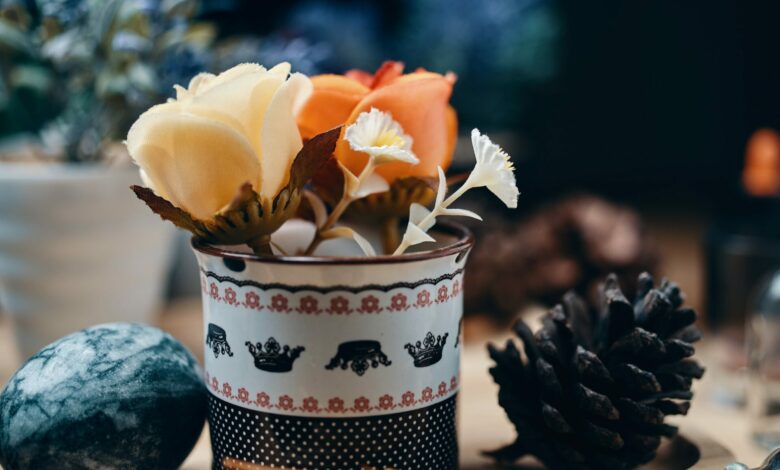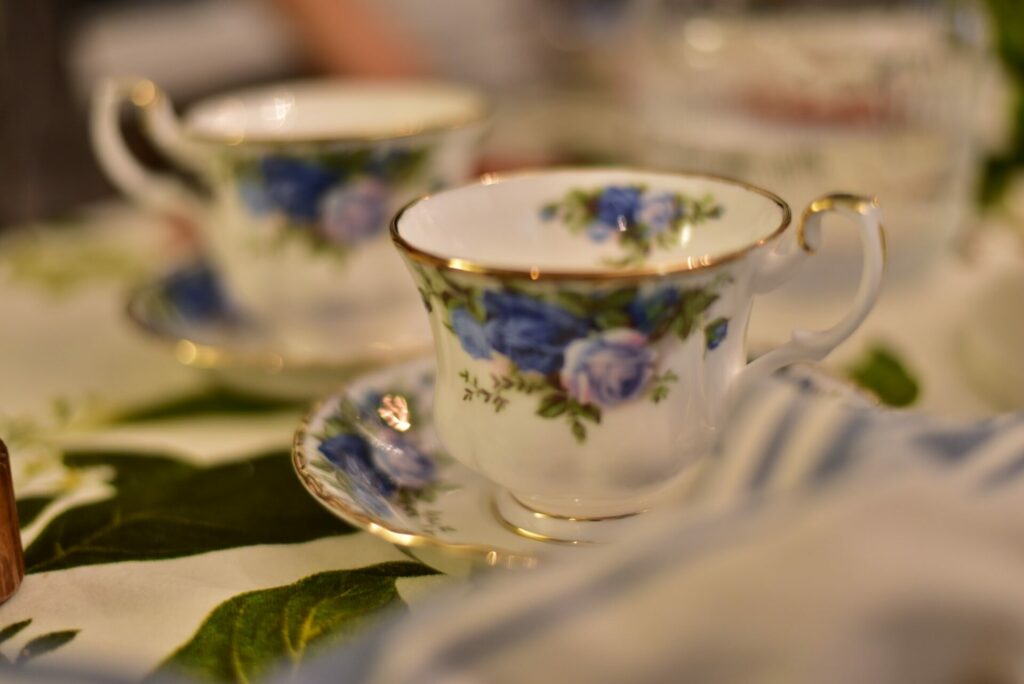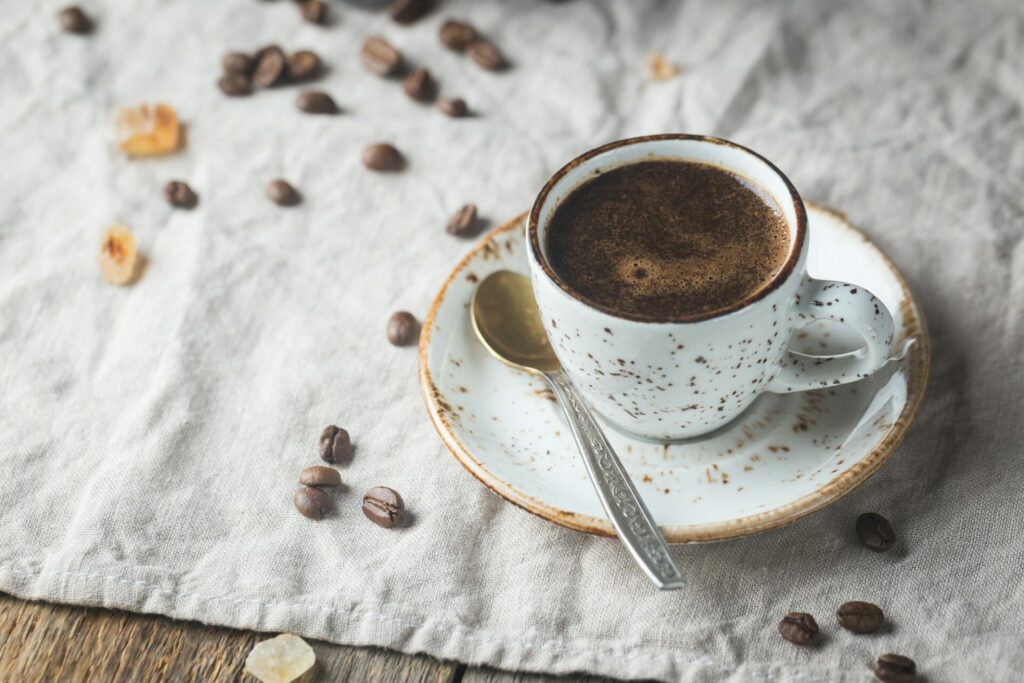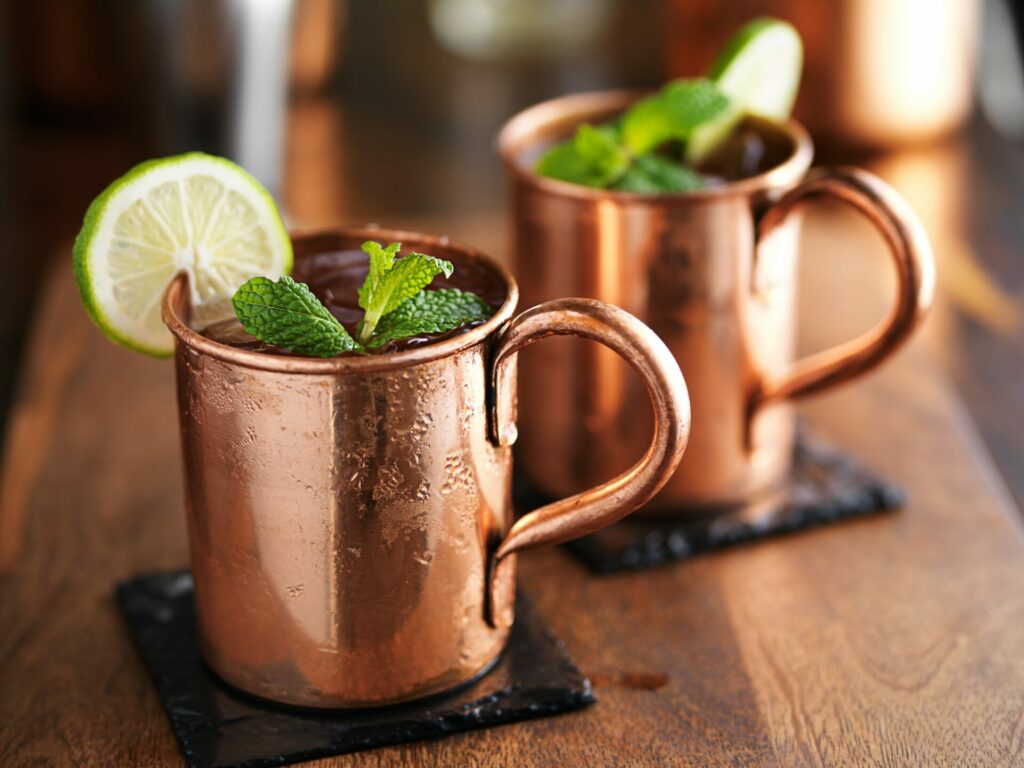
Dear viewers, welcome to an exciting tour into the intriguing world of bone china plates and cups. We will dive deeply into the subject matter of this skilled tableware within the constraints of this post instead of skimming the surface. As we strip back each layer to show off the deep details of bone china, from what makes it up to its moral implications and beyond, prepare yourself to be stunned.
What are Bone China cups and plates made up of?

A kind of ceramic known as “bone china” is formed through the combination of feldspar and kaolin with finely powdered bone ash. It is advised to maintain the phosphate level of bone ash above 30%. High-end ceramic items made from it are well-known for their luminous milky white color, translucency, and lightweight but durable features. Bone china is typically registered, and you may find the trademark and distinctive pattern of each item underneath it.
Due to their lesser ductility and lower iron concentration, cattle bones are recommended. The bones are first broken up, their gelatin is removed, and they are burned to extreme temperatures for calcination.
Bone ash, which has been ground to a considerably finer texture, is the final result. The next step is to fire after the ground ash has been combined in a predetermined ratio with the clay-type kaolin and the mineral feldspar.
Bone china frequently demands two fire cycles:
- The first is high-temperature firing, commonly known as biscuit or bisque firing The bisque firing process involves exposing ceramics to up to 1250°C, leading the bone china to contract. During this procedure, approximately 20 to 30 percent of the goods will break or collapse. The translucent quality of bone china goods is obtained through this fire, which converts the silica into glass.
- The remaining objects proceed to the glaze or gloss firing stage, which is the next phase. Lower temperatures are employed, causing the glaze to melt into the china. On top of Bone China, this creates a strong shell of resistance. Similar to the initial shooting, some of the objects will break and crack. This difficult and time-consuming procedure results in a lightweight, resilient, and brilliant white ceramic.
Those objects that made it through the firing step are currently in the decorating stage. Depending on the shape or level of detail, each piece is either hand-painted or spray-painted. Decals, enamels, as well or precious metals can all be used to beautify bone china. Gold and platinum are often the precious metals used to embellish objects during the gilding process. After the ornamentation is finished, the Bone China must go through one more scrutiny before being boxed. If a piece is discovered to be faulty, it will either be destroyed or the flaw will be corrected and the piece will go through the examination procedure once more. The spotless bone china has been boxed and is prepared for shipping after being wrapped in foam.
Is Bone China Vegan?

Considering one of its unique characteristics is the addition of bone ash during production, bone china is not vegan. It makes use of cow bones, specifically, which have been thrown at the slaughterhouses. At least 25% bone ash must be present in bone china pieces, though this percentage is typically closer to 40% or 50%. To give the clay combination its distinctive milky, almost translucent appearance, bone ash is added. As a result, it is primarily animal-based.
Should you use Bone China?
We can see from investigating the creation of bone china that the businesses use a lot of cattle bones. We can therefore claim that it is our point of view right now. It is not an ideal option for people who are vegetarians or vegans because some of these people fall into these categories. Using bone china is a personal choice based on your values and tastes. Even though bone ash is often a by-product of the livestock business and is used to make bone china, some people still have ethical reservations. Investigating alternatives might be a better fit if you’re seeking cruelty-free products.
Also Read Discover the Top 15 Healthiest Oils for Your Kitchen in Healthy Cooking
What are alternatives to Bone China?

Even if we don’t use Bone China, we are still able to delight in using our lovely sets of tableware that are made of different materials to serve food. These days, we have lots of choices, including:
- Glass: Because it is produced from fluid sand and incorporates materials like limestone or soda that are blazed to incredibly high temperatures, glass, and crystal crockery is an excellent vegan equivalent. It comes in a variety of shapes and sizes, from thickened glass to fine glass-like Borosil. Even though it can be more expensive, it might be a decent alternative to bone china at upscale banquets. Additionally, vegan, Opal glass dinnerware by LaOpala bears the green vegetarian emblem on its package.
- Clay: An easily accessible substitute to bone china dinnerware is earthenware. Some fascinating patterns can also be purchased in stores, in addition to being offered at artisan bazaars and standard crockery stores.
- Stainless Steel: It is fairly common, incredibly strong, inexpensive, long-lasting, and comparable to bone china that may be used for a very long period of time.
As we draw to a close with our investigation into the global community of bone china vessels, it is obvious that there are many layers to the path of conscious choice that have yet to be discovered. Although these cups are exquisite and charming, it is impossible to ignore the fact that they have been created using animal bone ash. It is worthwhile to pause and think about the sources of the things we select to adorn our homes with as people who respect ethical issues and adhere to a vegan lifestyle.
Every decision has the potential to be compatible with our principles and lead to a more kind and ecological existence in a world where options abound. By straying away from bone china vessels, we choose a route that aligns with our principles and encourages choices that are free of cruelty while still valuing beauty and practicality in our lives.
Let this investigation serve as a reminder that our decisions have the capacity to influence not just the world around us but also our immediate surroundings. As we say goodbye to bone china vessels, let’s seize the chance to investigate moral substitutes that improve our lives while remaining true to our moral standards.



